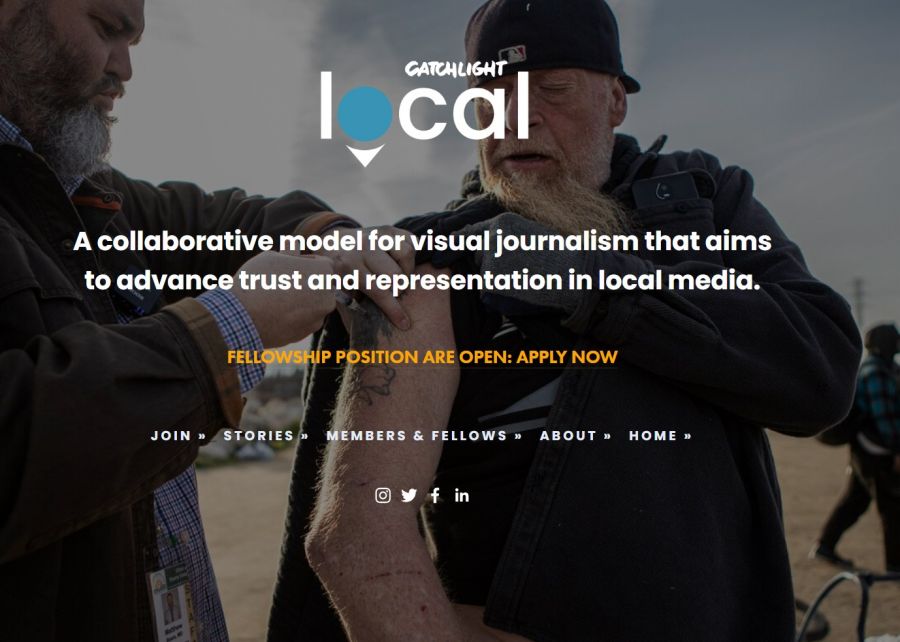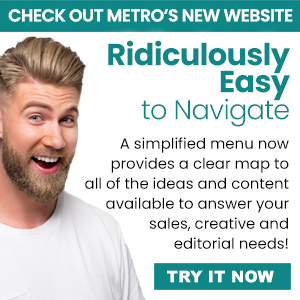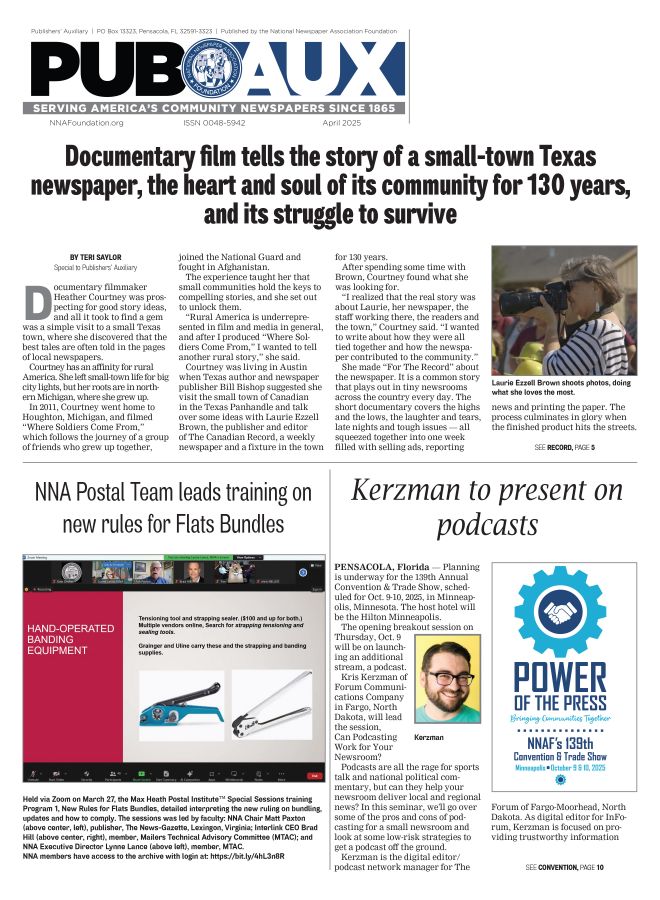Think like an interviewer
John Foust
Aug 1, 2024


We’ve all heard and used the term “sales presentation.” It has become a catch-all term to describe a wide range of meetings with existing and potential advertisers. Many salespeople have the idea that — if they’re not presenting something in every conversation with prospects, they’re not really selling. The result is a lot of meaningless blather, which is of no interest to the other person.
Corey sees things differently. “As the manager of our ad team, I never use the word ‘presentation’ to refer to first-time meetings. In those meetings, we’re there to listen, not present. Our objective is to learn about their businesses so we can provide the services they need. I like to think of it as conducting interviews.
“The salespeople in our building have a lot in common with the reporters. They both need information in order to be at their best. Reporters spend a lot of time interviewing their subjects,” he said. “There’s no way for them to get their stories by doing all of the talking. They ask questions and learn along the way. It just makes sense for us to do the same thing with our prospects.”
According to a number of web sites, salespeople do 65 to 75% of the talking during their sales calls. Corey wouldn’t be surprised if those numbers are much higher for initial meetings: “Because salespeople talk way too much, it helps our team to see themselves as interviewers. We even encourage them to say at the beginning, ‘In order to make the best use of your time, would it be OK for me to ask some questions to learn more about your business?’ Since the other person has agreed to the meeting, there’s a good chance they’ll say ‘yes.’ That sets the tone for an interview format. Talk less; listen more.”
WHAT DOES IT TAKE TO BE A GOOD INTERVIEWER?
- Research. In order to ask relevant questions, the first step is to learn about the person you’re interviewing. In addition to appreciating your thoroughness, he or she will be more likely to give helpful answers.
- Ask the right questions. When a reporter calls the mayor, the questions are specific and on-topic. For example: “What are your thoughts on economic development in the next year?” Or “Where do you stand on the new budget proposal?”
- Listen carefully. “By definition, a follow-up question follows something the interview subject just said,” Corey explained. “When you think like an interviewer and look for opportunities for follow-up questions, you become a better listener.”
- Look for problems to solve. “This is where sales and news interviews differ. We work to uncover marketing challenges so we can advance the sale to the next step. That’s how exploratory first meetings can lead to solution-focused second meetings.”
When a salesperson returns to the office, Corey’s first question is not something vague like, “How did it go?” Instead, he asks, “What did you learn?” After all, information is where good advertising starts. © Copyright 2024 by John Foust. All rights reserved.
John Foust has conducted training programs for thousands of newspaper advertising professionals. Many ad departments are using his training videos to save time and get quick results from in-house training. Email for information: john@johnfoust.com










